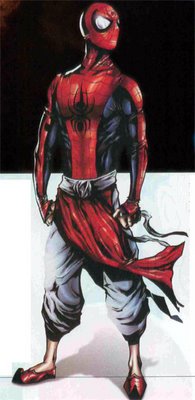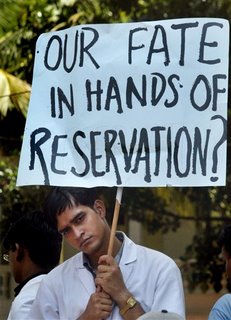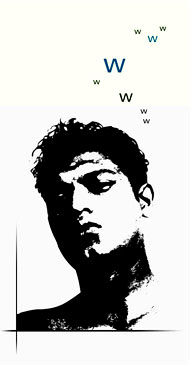India arrives on Time
 TIME magazine's 20-page article on India and it's fast changing cities starts with Jim Erickson's inference that the nations growth is real and ends with Mira Nair's more thoughtful remark on why India arrives when the West thinks so. In between are references to the Mumbai bars, the mafia, J.R.D Tata and the usual clichés like the slums, the IT boom, the call centres and everything else that you expect in an India-related article.
TIME magazine's 20-page article on India and it's fast changing cities starts with Jim Erickson's inference that the nations growth is real and ends with Mira Nair's more thoughtful remark on why India arrives when the West thinks so. In between are references to the Mumbai bars, the mafia, J.R.D Tata and the usual clichés like the slums, the IT boom, the call centres and everything else that you expect in an India-related article.Rather unfortunate that a magazine of such a high calibre offers hardly anything insightful or introspective in this surprisingly positive article about India. Alex Perry's write-up about Mumbai makes such sweeping generalisations and glaring errors that makes you wonder why these foreign correspondents not spend more time on research before writing inane observations. His reference to Mumbai being the setting of Vikram Seth's 'A Suitable Boy' only goes on to prove how he has brought in terminologies without proper background knowledge. Vikram Seth's 'modern-classic' as he calls it is set in an imaginary city in North India and does not even have one reference to Mumbai.
Some interesting photos by the way. Nothing like a half-dressed Yana Gupta on the floor to support a story about the increasing number of foreign immigrants. PDF(9 MB) of the full article can be downloaded here.















